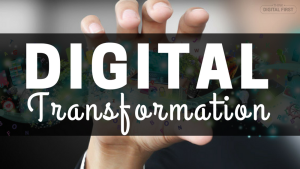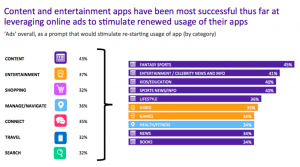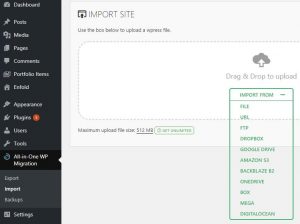Great design is always preferable to bad design. It can increase engagement and conversion rates. If you produce online content, websites or Apps, the real question is how good is good enough?
Anyone who consumes digital media struggles with interfaces that don’t work and designs that are confusing.
Perhaps the most interesting aspect of interface and content design is the extent to which people cope with bad designs.
We don’t think about it very much, but most of the interfaces we use in our daily life have design flaws. Yet somehow we cope and for some reason we don’t just quit, we persist and use these substandard systems.
As a content producer and a system developer I have spent a lot of time wondering,
Why do people use poorly designed systems?
This is an important question, because building well designed systems is expensive. There is a diminishing return to any effort spent to make a system perfect. A content producer should know when good enough is good enough.
These are just some of the reasons a bad design will succeed despite its flaws:
1. Utility – If a system is useful or offers a unique value proposition, users will overcome design flaws to get a favorable result. We’ve all experienced buying something from an online store that has a poorly designed user interface. If we want the item badly enough, we’ll suffer bad design.
It’s important to understand your audience and know their motivations. A business user is more willing to endure a bad interface than an entertainment user. Though it must be said that very successful entertainment businesses like Netflix have built massive businesses with relatively poor design.
2. Captive Markets – Users are more likely to endure a bad design if they have no choice. When I pay the toll charges for driving on a toll highway, I am a captive of the system. I have to pay the bill or suffer a steep fine, so a badly designed system is not a deterrent.
3. Speed to Market – Fancy design takes time. The best designs require prototyping, A/B testing and a willingness to completely redo a system that doesn’t meet the grade. All of this hard work takes time, which can give your competitors a head start.
Great designs are less agile. They impose a rigor on the content producer or system developer that can suppress progress. Apple is an excellent example of a company that engages in this trade-off. Apple releases far fewer products on a far less regular basis than its Android competitors. The result has been an explosion of innovation in the Android market and a loss of market share for Apple. To be fair, Apple is much more profitable than Android. But it’s losing market share and that may ultimately be its undoing.
4. ROI – Great design is expensive. A great design may not return the cost of it’s development.
5. User Adaptability – Underestimating your user’s adaptability is a mistake. Users are well versed in a wide array of designs and the vast majority will adapt to a system.
6. Priorities – Sometimes great design can result in an inferior outcome. We’ve all visited websites that look beautiful but are impossible to navigate or that are difficult to read because they use such a small font. Design is a double edge sword. Understanding the priorities of the design is critical because many beautiful designs suppress response. If your priority is conversion to sale design should take a back seat.
7. Focus – Perhaps the greatest example of a minimal design winning over an elaborate design is found in the battle between Google and Yahoo. Yahoo saw its homepage as an opportunity to present the world with a portal – a place to show off unrelated capabilities. By contrast, Google gave us a logo and a search box. By focusing on the core product (search), Google outperformed Yahoo and proved that no amount of window-dressing could make up for an inferior product.
This is not an argument for bad design.
Every business should strive to get the most out of its design budget while making information more accessible to its customers. But when you’re developing Apps and other online content you need to understand that design has limits and users will overcome design flaws if they are getting what they want.
Digital & Social Articles on Business 2 Community(56)
Report Post






